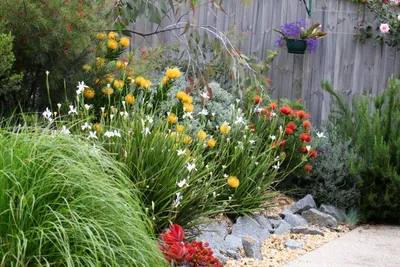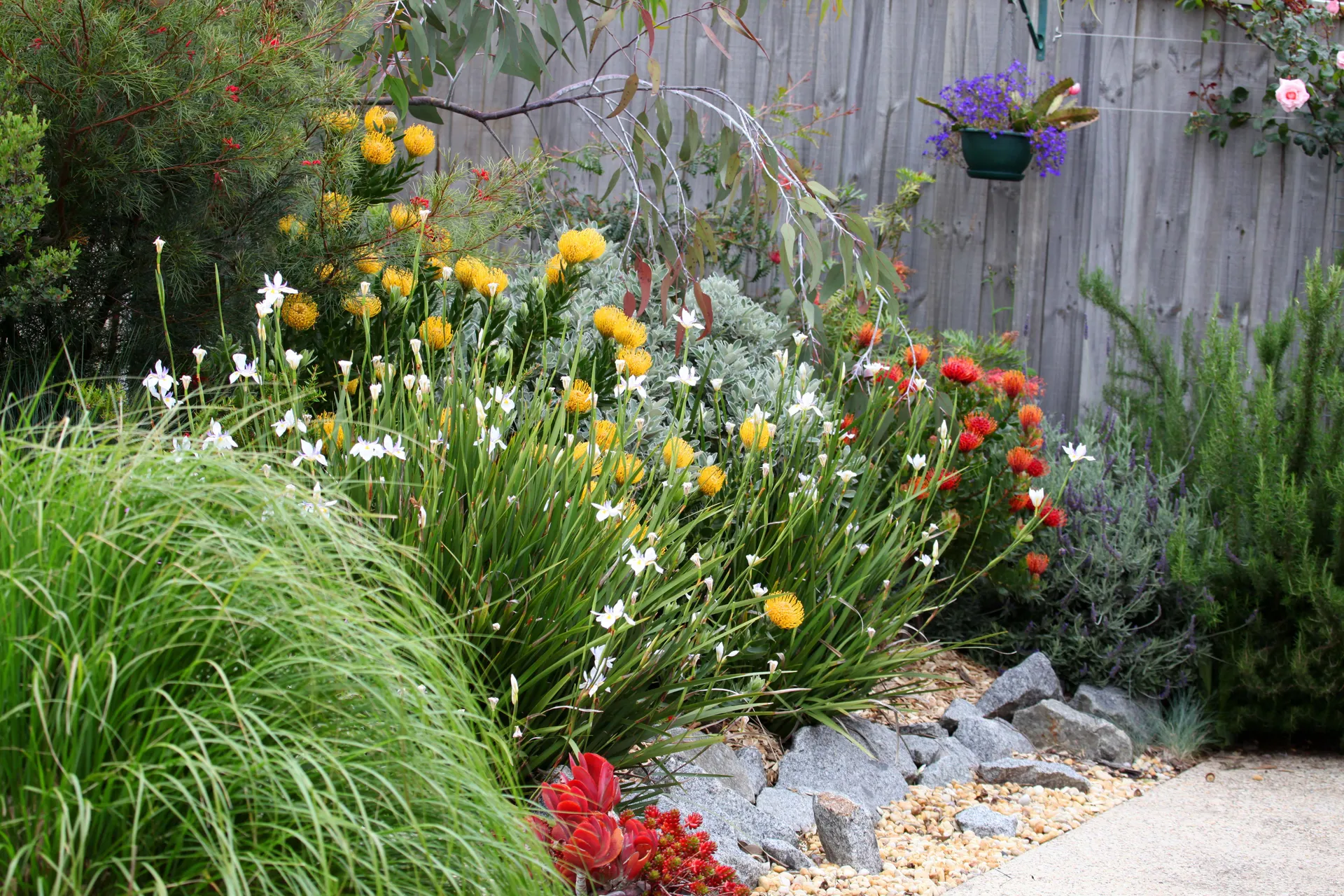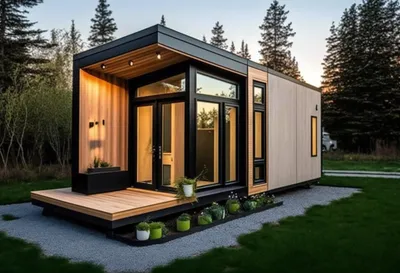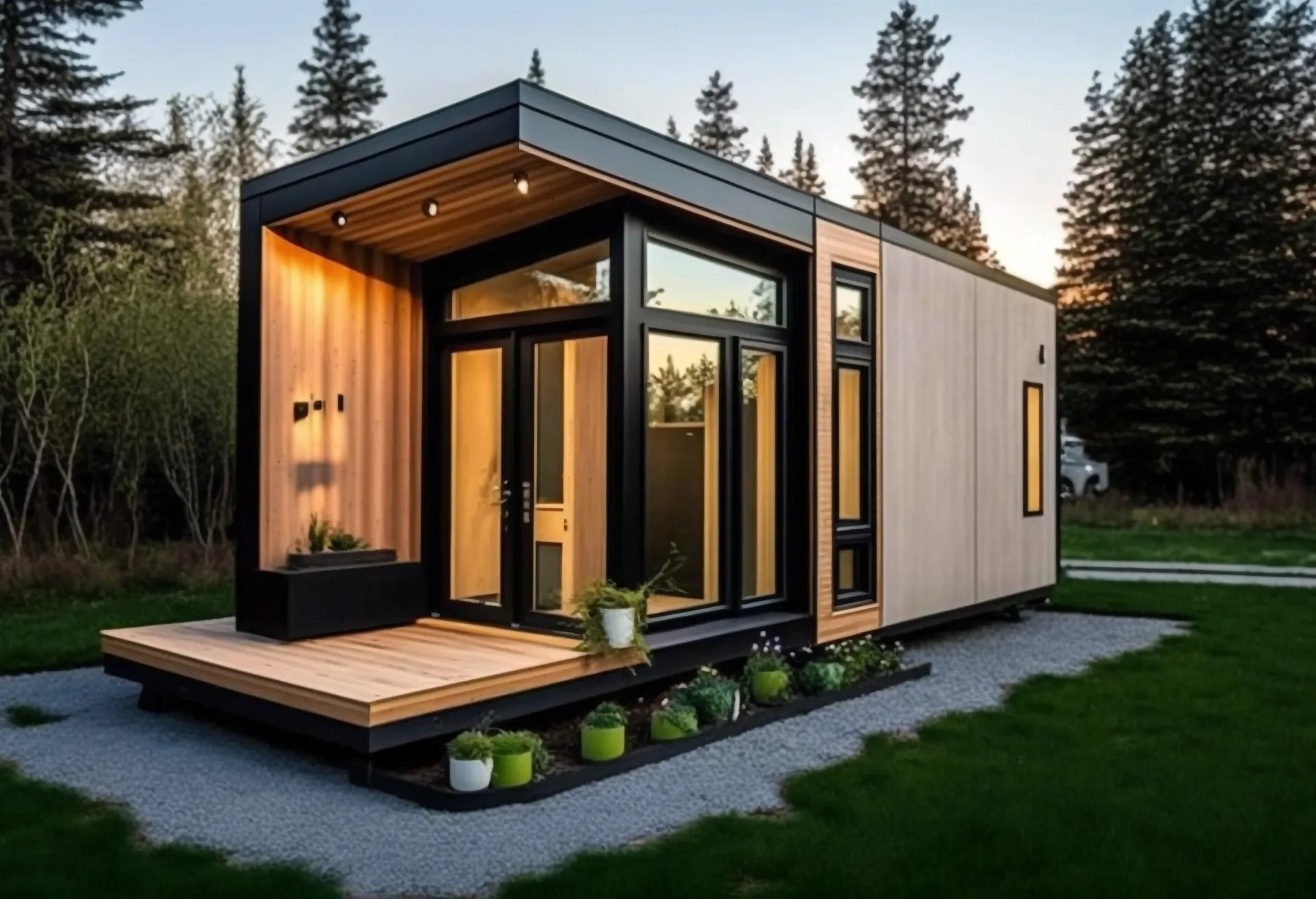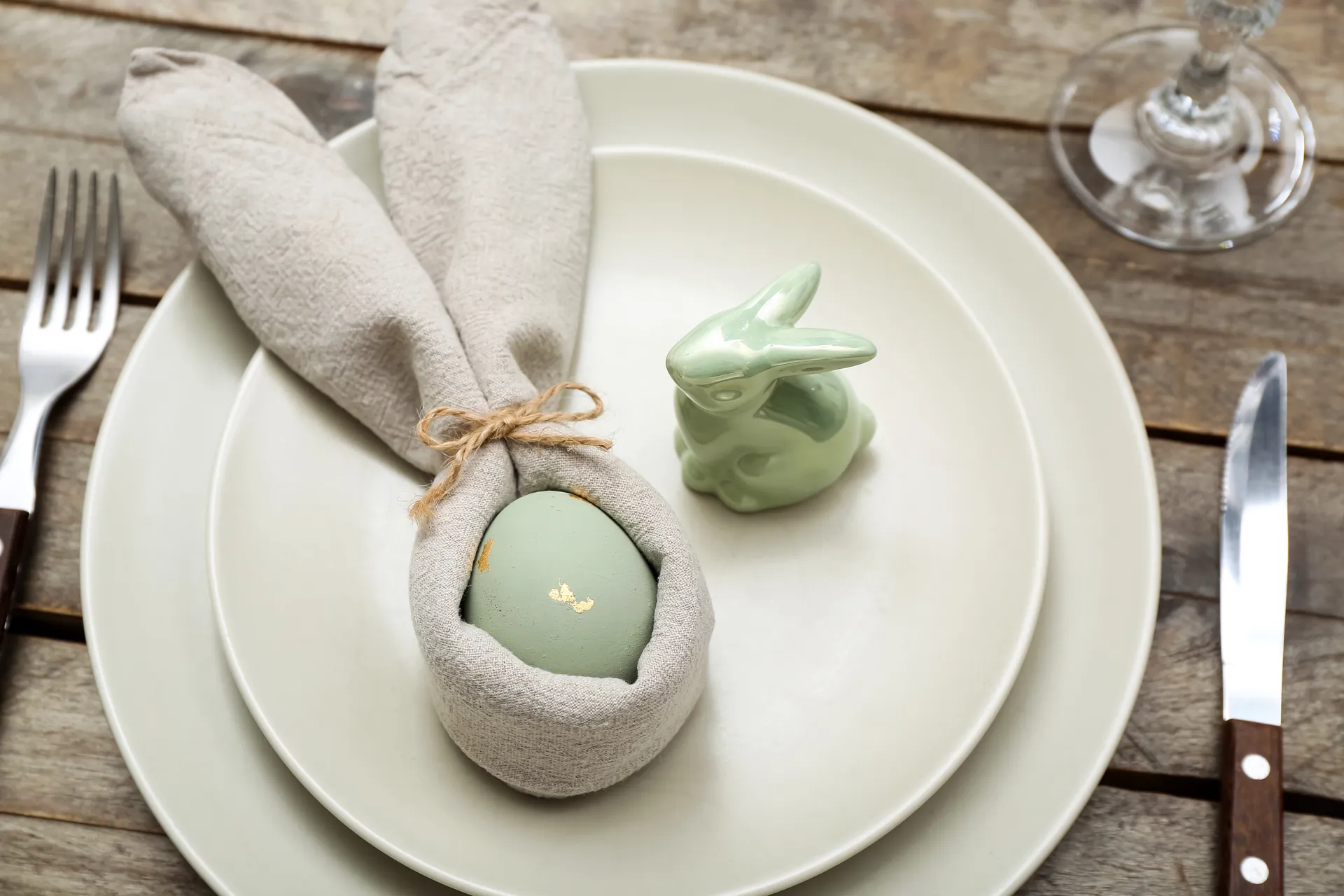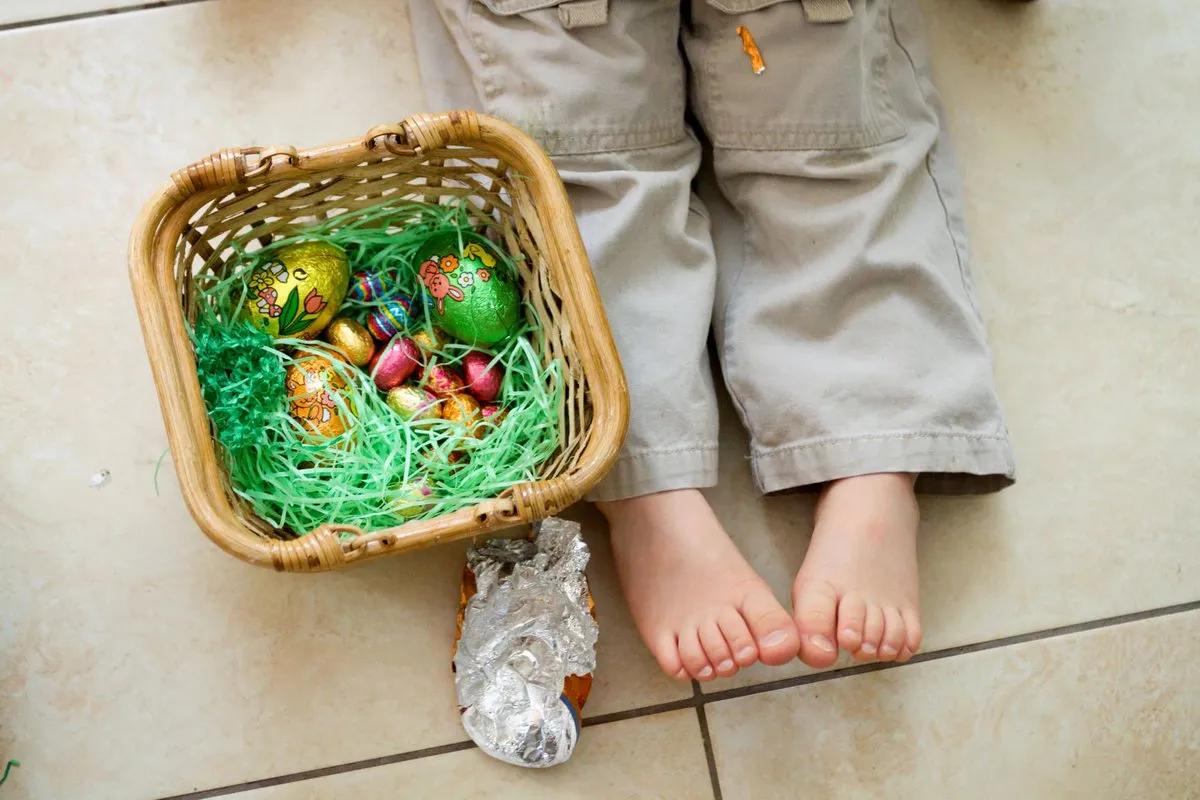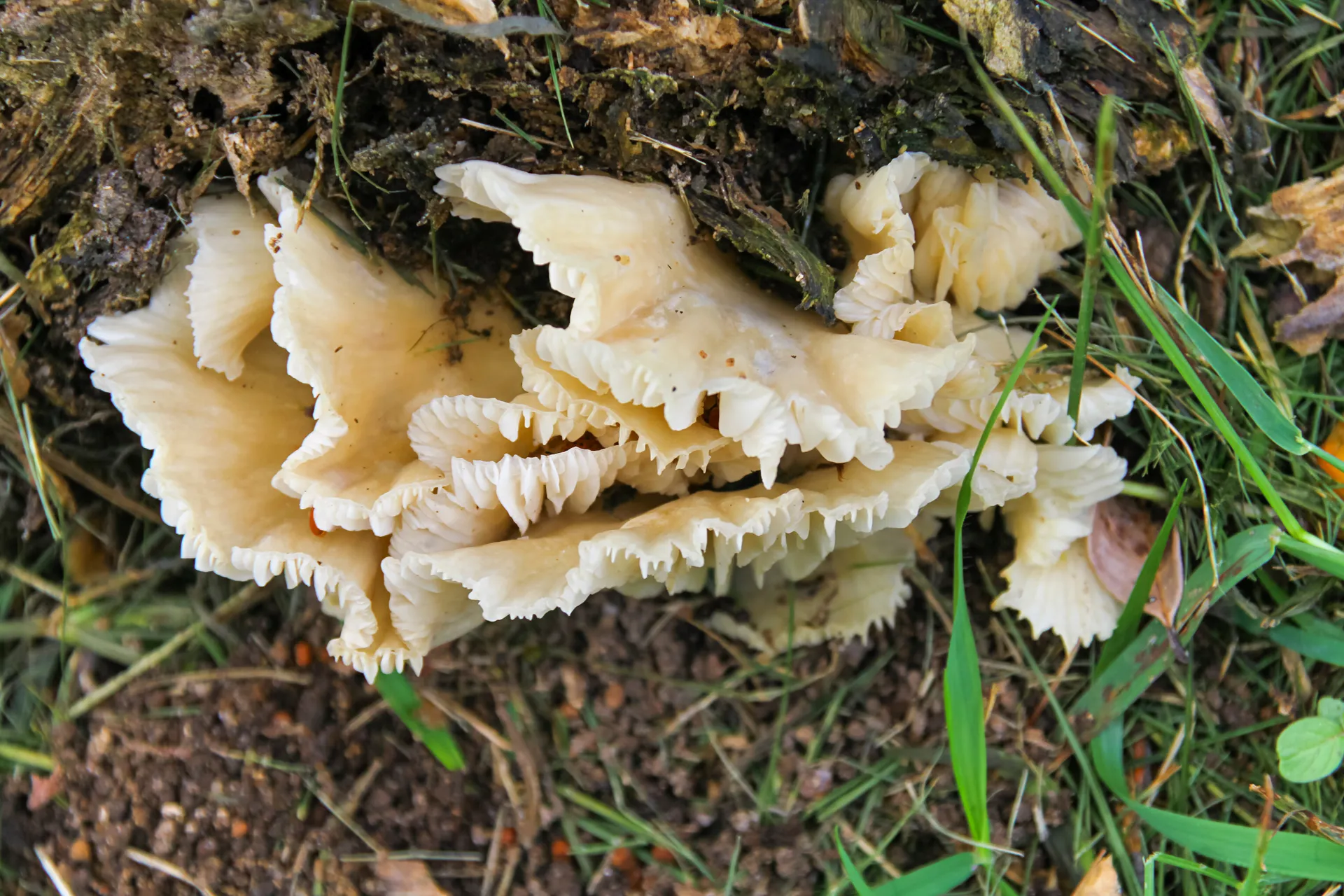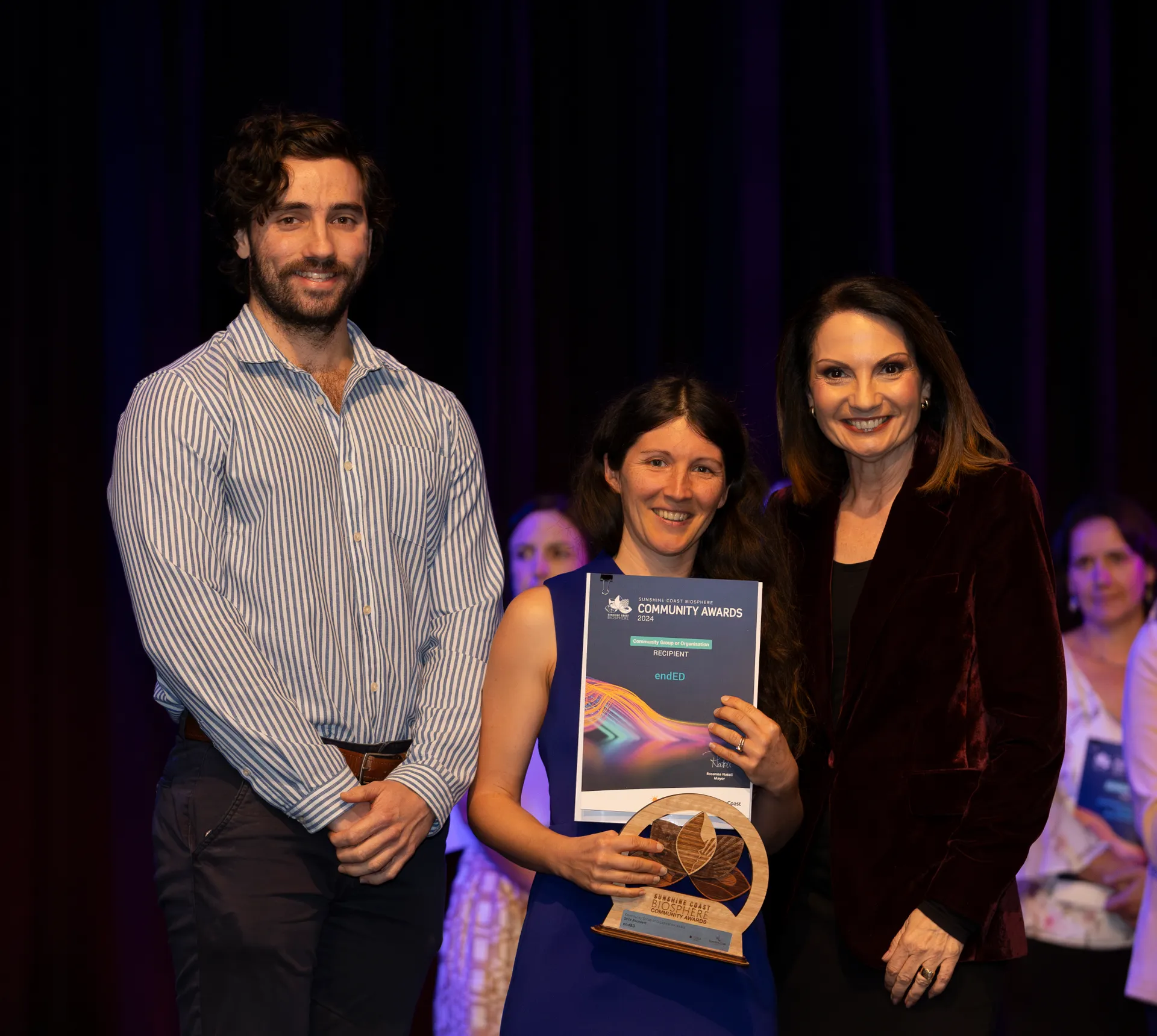Super easy hydroponic gardening for beginners
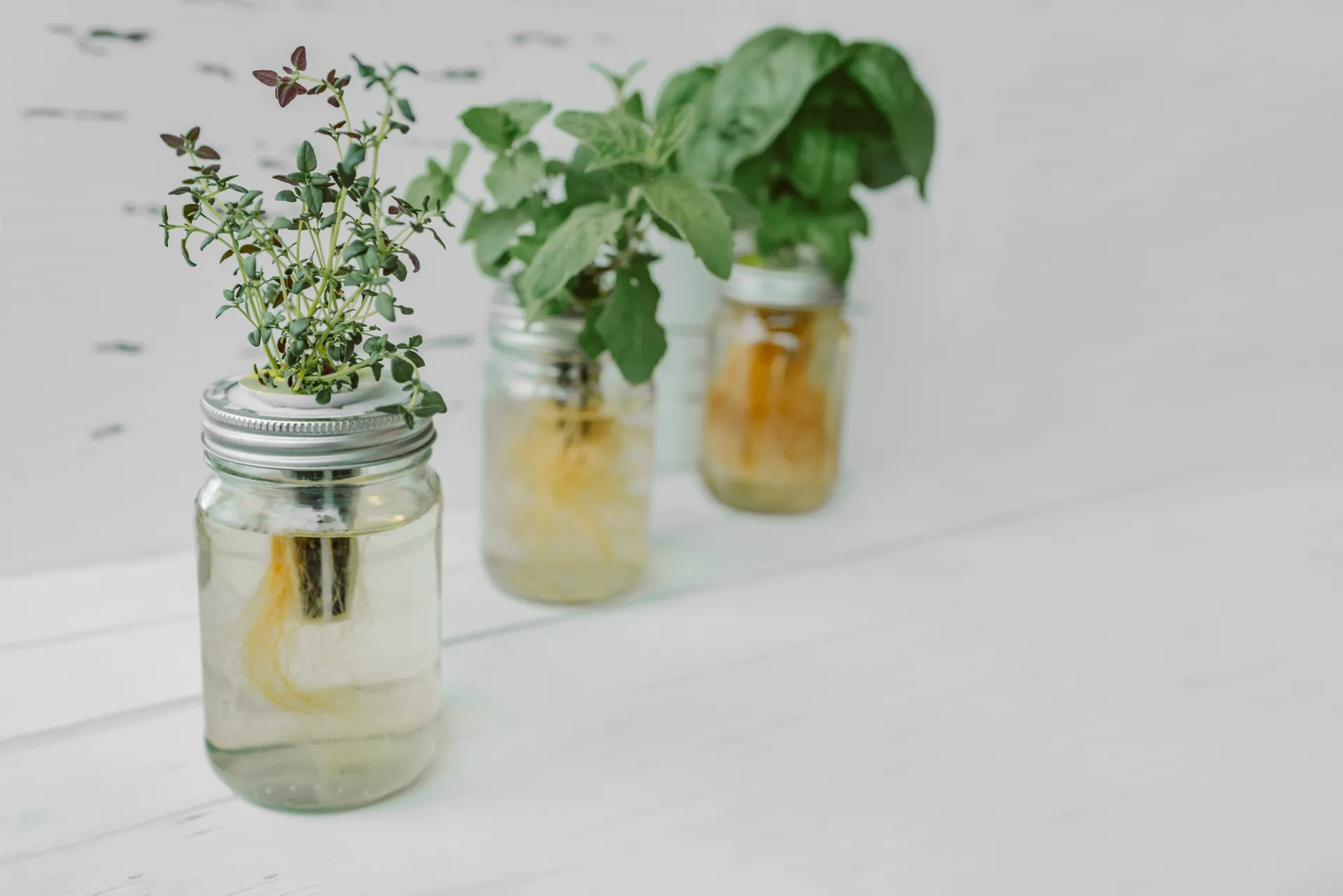
Hydroponics is a type of soilless gardening that can be done either indoors or outdoors. It's a great option for people with little or no gardening space, or who want to grow herbs and vegetables through the winter. Hydroponic gardening is space-efficient and takes less water than gardening in soil.
Even if you don’t have the luxury of a large backyard you can still grow plenty of your own fresh produce using hydroponics.
Brian Bullock is a home gardener who has set up a simple but highly effect hydroponics system in his driveway and it produces more than enough food to feed his household.
“Hydroponics is essentially growing food plants in nutrient-rich water, with no need for soil,” explains Brian.
The plants sit in a growing medium - he prefers expanded clay balls but you can use scoria, perlite or even gravel - in different containers, and a nutrient-rich water solution flows over their roots, supplying them with all they need to grow. Brian blends different solutions to suit different plants, but the clever recycling system means it needs only 20% of the water an in-ground vegetable bed would use. The system avoids any soil-borne pests and diseases, there is no digging or weeding, no fertiliser loss or run off, and Brian reckons the plant growth is also quicker.
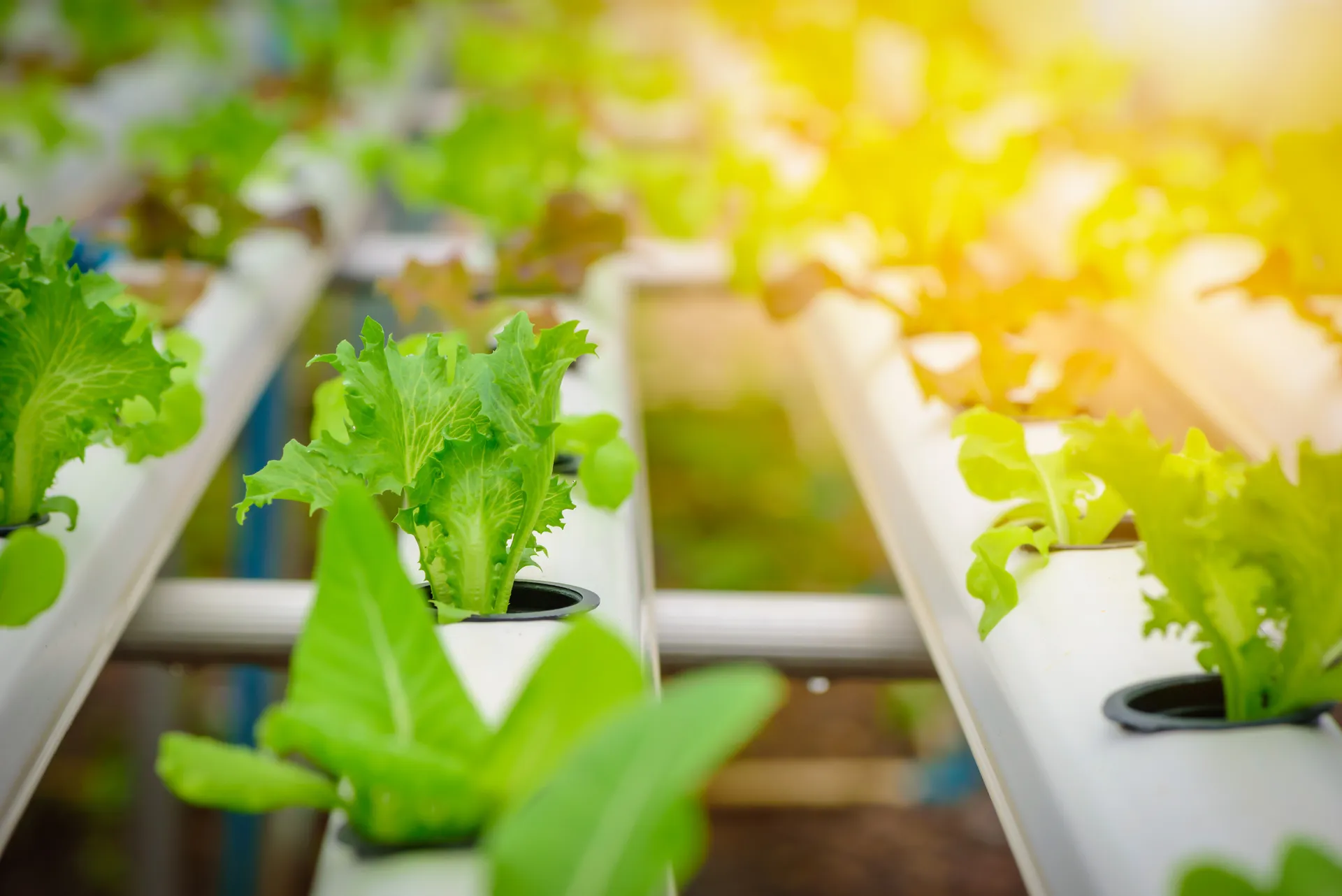
Brian is a qualified horticulturist and greenskeeper, so had a head start in setting up this hydroponics system, but he happily shares his knowledge online, and his set-up is a simple, low-cost arrangement that features lots of recycled pallets, plastic buckets and tins.
As well as the Dutch Bucket system that circulates nutrient-rich water through a series of pipes and buckets, Brian also uses a passive, single-container “Kratky” method in the cooler months (when the water is less likely to stagnate).
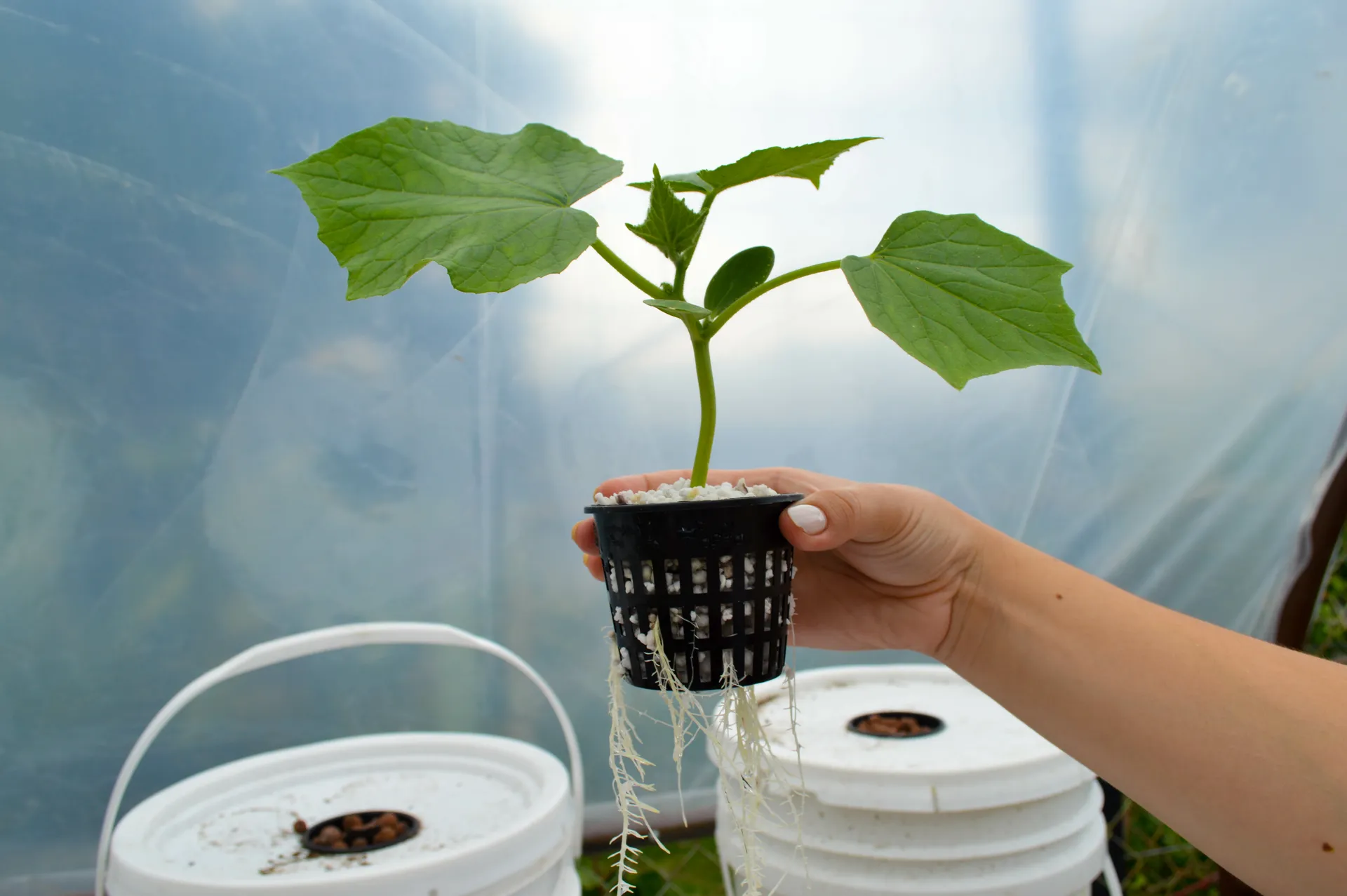
THE KRATKY METHOD
What you need:
- 20L bucket with lid
- slotted pot
- growing medium
- water
- nutrients
- plants
What you do:
1. Drill/cut the lid, creating a hole large enough to place and hold a net pot.
2. Fill the reservoir with water and nutrient mix and place the net pot with growing media and plant into the drilled lid. Having the lid in place supports the pot and stops mosquitoes from breeding in the water. The roots should be just touching the water, and not fully submerged.
3. As the plant roots grow, the water level in the bucket decreases. Brian suggests topping this up as required, watering through the net pot at the top.
4. Brian also drills a ‘drain hole’ in the side of his buckets. “This stops root rot, it means that the roots are accessing the water and nutrients, but aren’t submerged.”
Watch Gardening Australia on ABC iview: http://iview.abc.net.au/programs/gard...
About Gardening Australia:
Gardening Australia is an ABC TV program providing gardening know-how and inspiration. Presented by Australia's leading horticultural experts, Gardening Australia is a valuable resource to all gardeners through the television program, the magazine, books, DVDs and extensive online content.
/ gardeningaustralia
Follow Gardening Australia on Instagram:
/ gardeningaustralia
Visit the Gardening Australia website: http://www.abc.net.au/gardening
